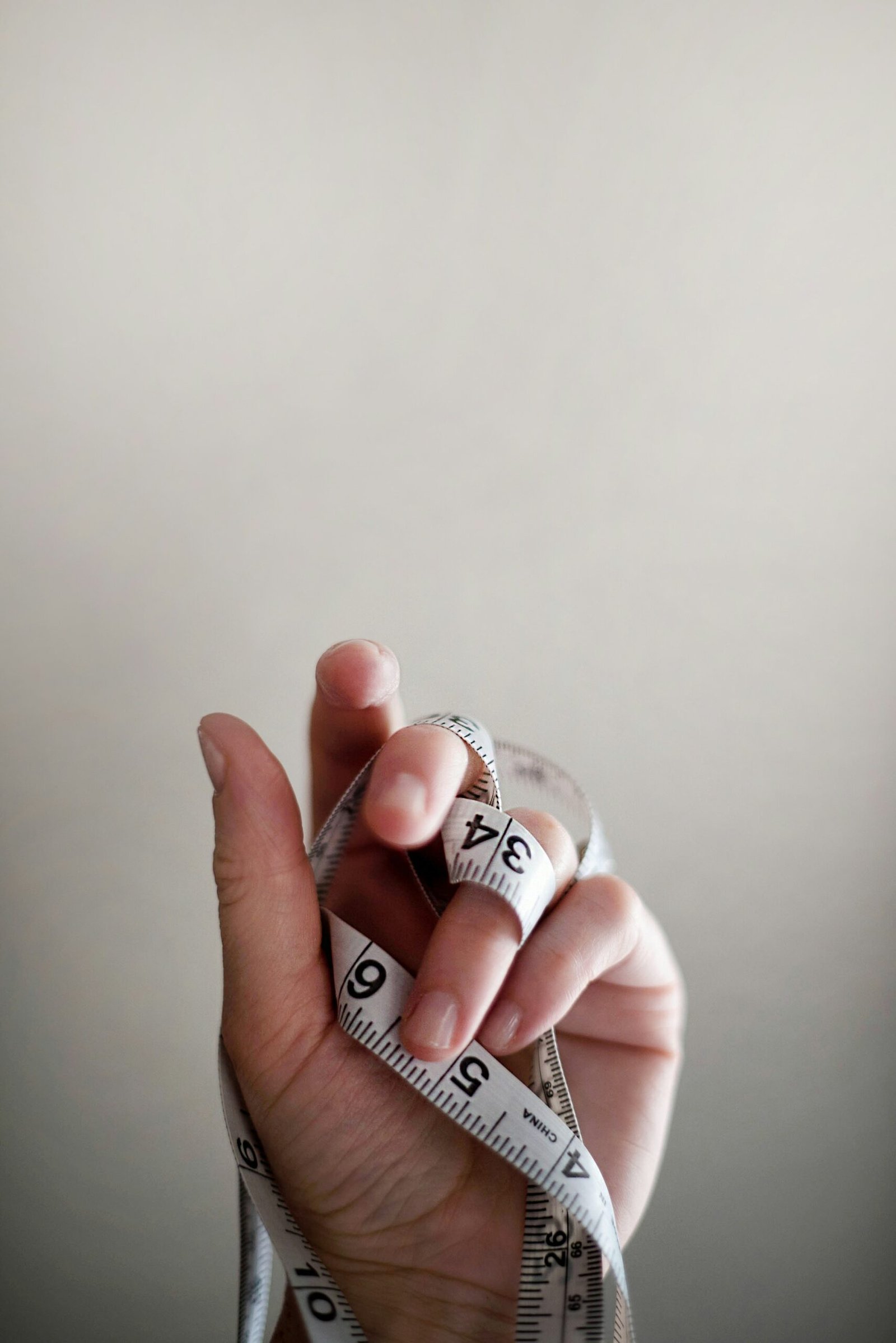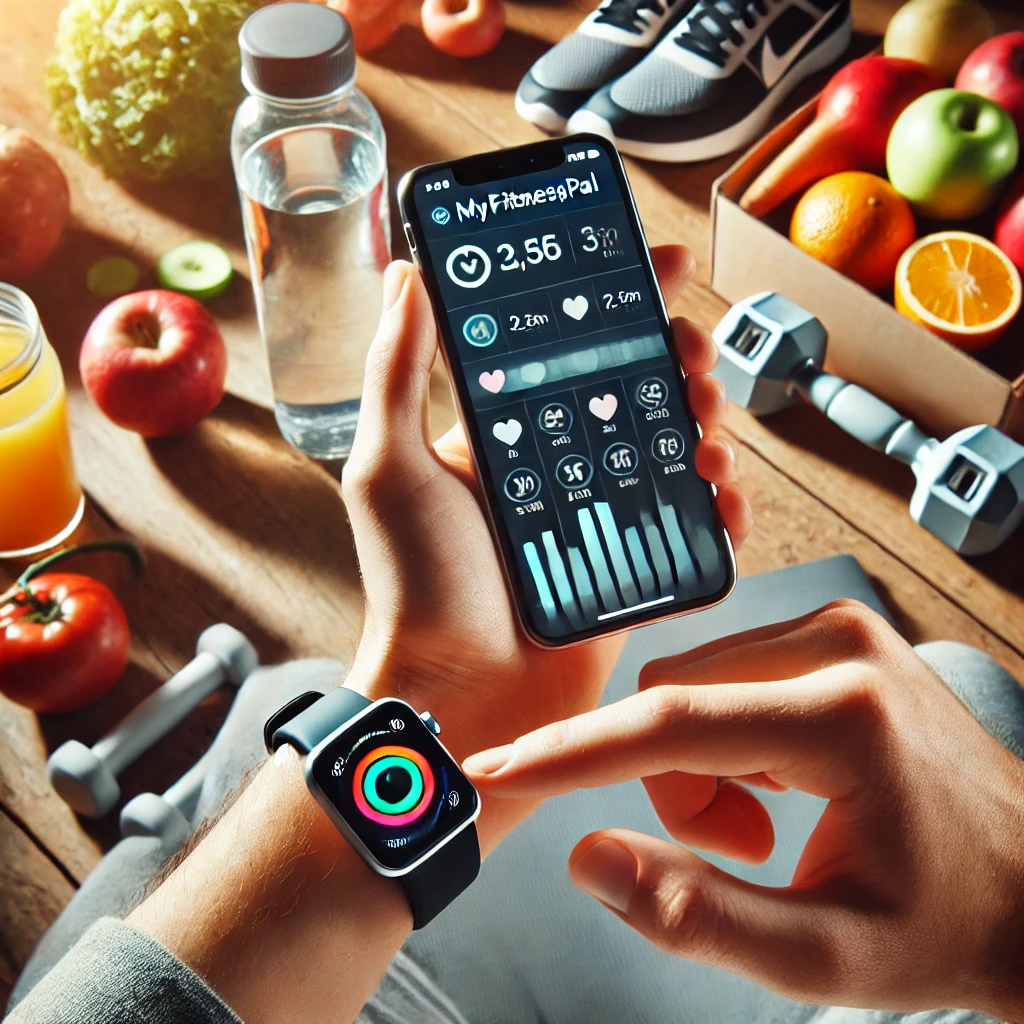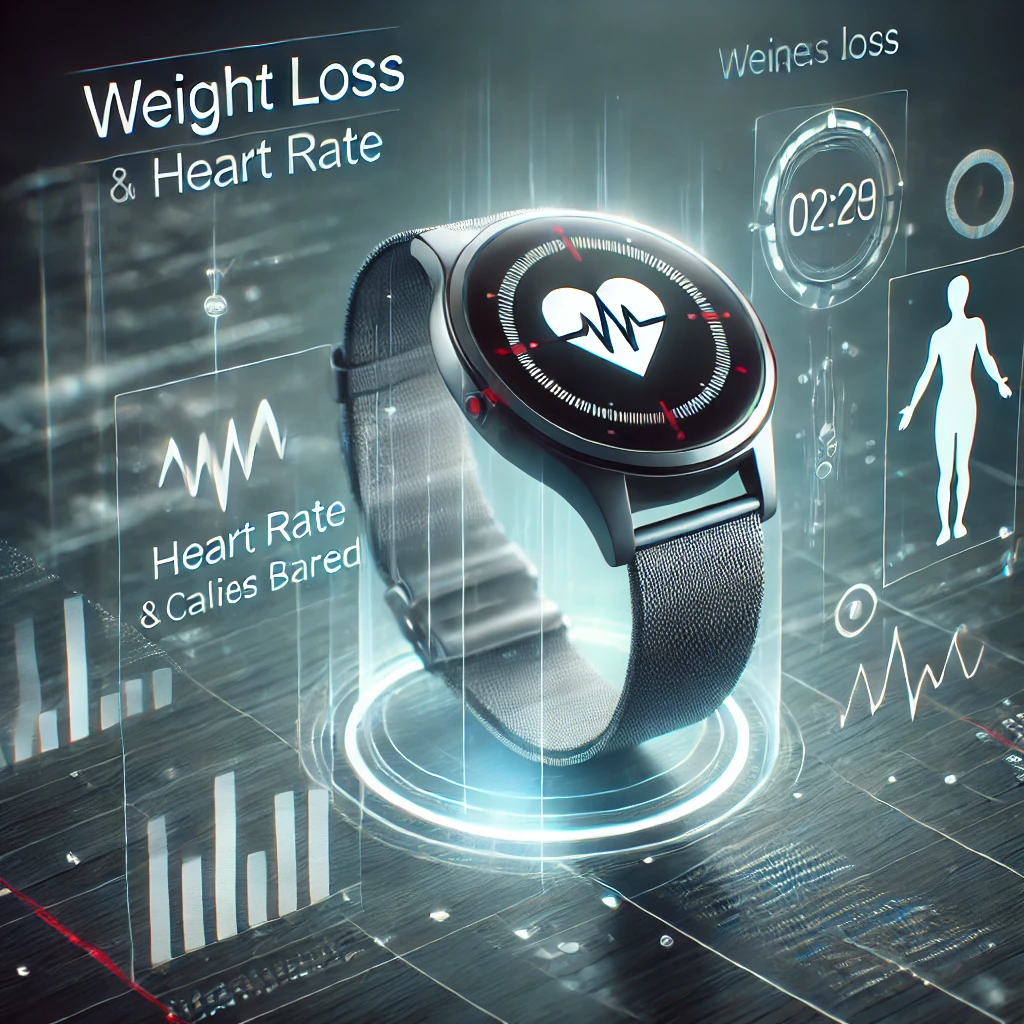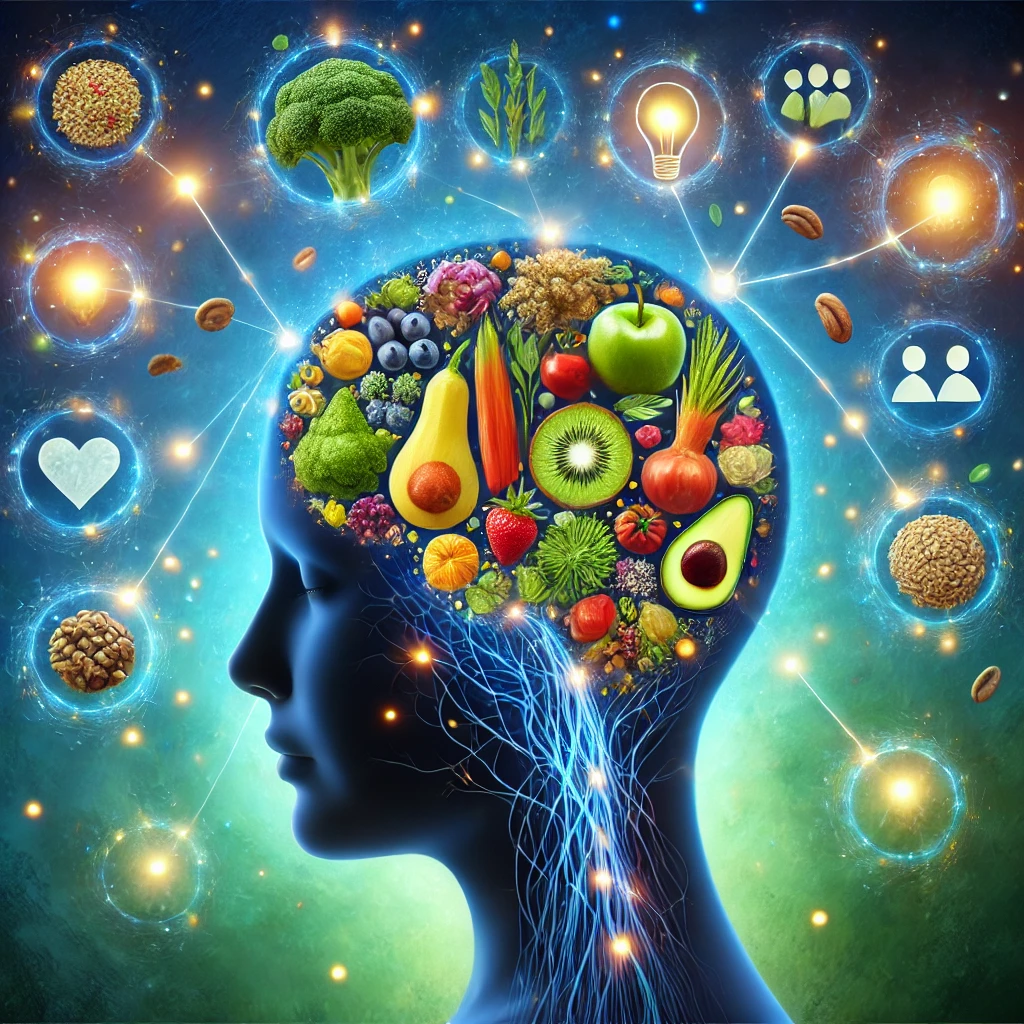Table of Contents

Introduction to Technology in Weight Loss
In recent years, the advent of technology has significantly transformed the landscape of health and fitness, notably in the domain of weight loss. The integration of fitness apps and wearables into everyday life has ushered in a new era where tracking and managing weight loss has never been more accessible. These innovations are not merely passing trends but pivotal tools that empower individuals to monitor their progress in a comprehensive manner.
Fitness apps, for instance, offer a plethora of features such as calorie counting, personalized workout plans, and reminders for staying hydrated. They have made it feasible for users to set realistic goals and adhere to them with a structured approach. Furthermore, these apps often come equipped with social features that allow users to join communities, providing a sense of accountability and motivation through shared experiences. This amalgamation of functionalities converts abstract fitness goals into actionable steps, thereby facilitating effective weight management.
Wearable technology, including devices like smartwatches and fitness trackers, complements the functions of fitness apps. These gadgets provide real-time data on various health metrics such as heart rate, sleep patterns, and physical activity levels. Equipped with sensors and sophisticated algorithms, wearables continuously collect and analyze data, offering insights that are critical for optimizing workout regimens and dietary habits. The convenience of having such detailed information on one’s wrist underscores the practical benefits wearables bring to those on a weight loss journey.
Moreover, the integration of these technologies into one’s daily routine extends beyond mere convenience. They offer invaluable data-driven feedback which can be instrumental in adjusting fitness strategies for better outcomes. This real-time feedback loop enables users to make informed decisions about their lifestyle choices—be it modifying a workout routine or altering dietary intake based on caloric burn rates. Consequently, the alignment of objectives with day-to-day actions becomes more streamlined and efficacious.
Thus, the role of technology in facilitating weight loss is multi-faceted, bridging gaps that previously posed challenges. It equips individuals with the tools needed to not only set and achieve their fitness goals but to sustain these achievements in the long term. In embracing these advances, the journey to better health and weight management becomes an attainable and even personalized endeavor.
Popular Weight Loss Apps and Their Features

In the digital age, weight loss has become more accessible and manageable thanks to innovative weight loss apps. Among the myriad of options available, some standout applications offer exceptional features that cater to diverse fitness needs. Notable among these are MyFitnessPal, Noom, and Lose It!, each renowned for their unique approaches to supporting weight loss journeys.
MyFitnessPal is a favorite for many users due to its comprehensive calorie counting and meal logging capabilities. With an extensive food database, users can easily track their daily intake and set personalized nutrition goals. The app also integrates with various fitness trackers to monitor physical activity, allowing for a holistic view of one’s health. User reviews often highlight the convenience of logging meals and the ability to scan barcodes, making it simple to stay on top of dietary habits.
Noom takes a different approach by focusing on the psychological aspects of weight loss. It combines traditional tracking features with personalized coaching and behavioral science principles to instill long-lasting healthy habits. An example of Noom’s effectiveness is seen in its user community, where numerous success stories underscore the impact of its tailored coaching sessions and psychological insights. This combination makes Noom particularly appealing for those looking to understand the deeper motivations behind their eating patterns.
Lose It! offers a straightforward yet efficient method for tracking caloric intake and exercise. What sets Lose It! apart is its user-friendly interface and visual progress reports, which provide clear insights into weight loss trends. The app’s Smart Camera feature allows users to snap photos of their meals for automatic calorie estimation, adding an innovative twist to traditional logging methods. Reviews frequently praise Lose It! for its simplicity and motivational features such as badges and social challenges.
Collectively, these apps have garnered positive feedback from users who attest to their effectiveness in achieving weight loss goals. Success stories reflect the importance of selecting an app that aligns with individual preferences, whether one favors the detailed tracking of MyFitnessPal, the cognitive support offered by Noom, or the simplicity and ingenuity of Lose It!. These apps exemplify how technology can support and enhance the journey towards a healthier lifestyle.
The Role of Wearable Devices in Achieving Fitness Goals
Wearable devices have revolutionized the way individuals track and achieve their fitness goals. Popular gadgets like Fitbit, Apple Watch, and Garmin come equipped with an array of sophisticated features designed to assist users in their weight loss journeys. By harnessing the power of technology, these devices provide real-time monitoring of physical activity, heart rate, and sleep patterns, which are critical metrics for any fitness regime.
One of the key features of fitness trackers and smartwatches is the capacity to monitor physical activity. Devices measure steps taken, distance traveled, and calories burned. This comprehensive activity logging enables users to establish a clear understanding of their daily movement patterns, ensuring they meet their activity goals. For instance, setting a daily step count target can motivate users to increase their mobility, an essential component for burning calories and managing weight.
Heart rate tracking is another vital feature of wearables. Understanding heart rate zones can optimize workouts, ensuring individuals train at the correct intensity to maximize fat burn and improve cardiovascular health. For example, by staying within the optimal heart rate zone, users can enhance their aerobic capacity and metabolic rate, thus supporting weight loss efforts.
Sleep analysis is equally important in the context of fitness. Quality sleep is paramount for recovery, muscle repair, and overall well-being. Wearables analyze sleep patterns, identifying stages of light, deep, and REM sleep. By interpreting this data, users can make informed decisions to improve their sleep hygiene, consequently promoting better recovery and energy levels for workouts.
Beyond metrics, wearable devices play a significant motivational role through goal setting and achievements. Many devices provide personalized coaching, reminders, and rewards for meeting milestones. These features foster a sense of accountability and encouragement, which are crucial for maintaining long-term fitness habits. Users can set specific goals, whether it’s a new running distance or a higher step count, and track their progress visually, making the journey towards fitness both engaging and fulfilling.
Integrating Technology into Your Weight Loss Plan
In today’s digital age, integrating technology into your weight loss plan can provide a significant boost to your efforts. To effectively incorporate apps and wearables, begin by setting realistic and achievable goals. Many apps offer goal-setting features, allowing you to tailor your weight loss journey to your specific needs and preferences. Establishing clear milestones helps to maintain motivation and track progress over time.
Consistent use of technology tools is essential for gaining the full benefits. Make it a habit to regularly update your data, whether it’s through manual entry in an app or automatic syncing from a wearable device. Most modern wearables sync automatically with their companion apps, streamlining the process and ensuring that your data remains up-to-date.
Syncing data across multiple devices can provide a comprehensive view of your progress. Consider using platforms that integrate with a variety of apps and wearables, thereby consolidating your data for a more detailed analysis. This holistic approach allows for better understanding and management of your weight loss journey, providing insights into patterns and trends that might otherwise go unnoticed.
Another beneficial feature of many weight loss technologies is the social aspect. Leveraging social features for community support and accountability can greatly enhance your success rate. Joining groups, sharing achievements, and participating in challenges can provide much-needed encouragement and peer support. These interactions create a sense of community and shared purpose, which can be motivating and reinforcing.
While technology can be a powerful ally in weight loss, it’s important to strike a balance with traditional methods. A balanced diet and regular physical activity remain the cornerstones of any effective weight loss plan. Use technology to complement these methods rather than replace them. For instance, apps can help track calorie intake and exercise routines, while wearables monitor physical activity and sleep patterns. By integrating these digital tools with conventional practices, you can create a holistic and personalized weight loss strategy.





